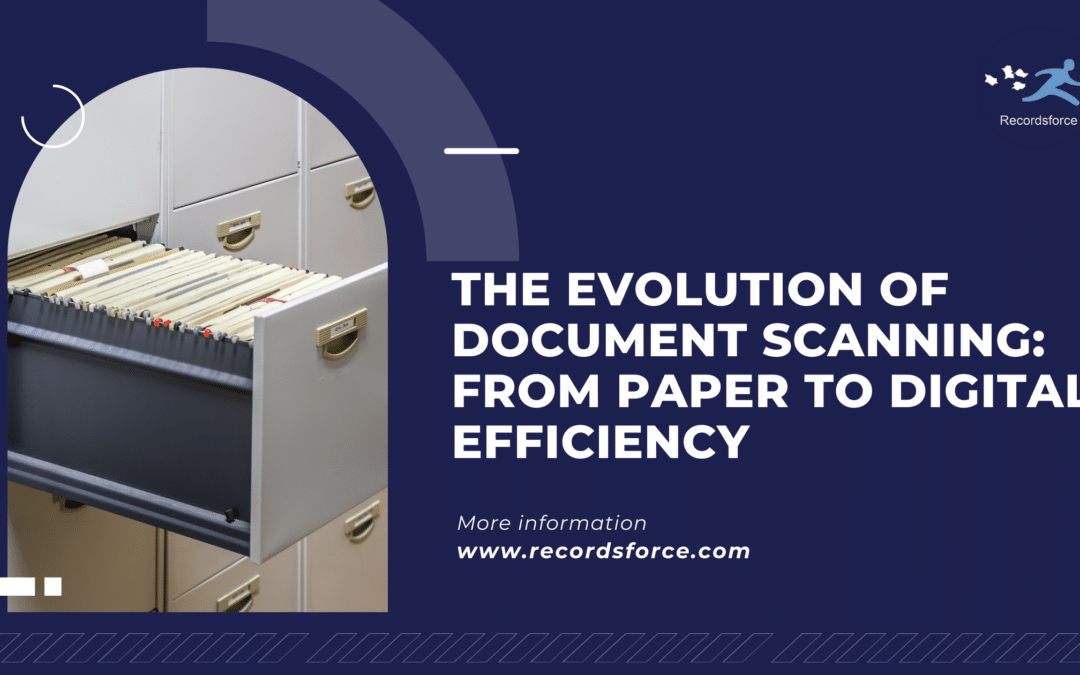In the not-so-distant past, offices were filled with rows of filing cabinets, each drawer stuffed with paper documents. Finding a specific document could be a time-consuming task, often involving manual searches through countless files. However, with the advent of document scanning technology, the way businesses manage their documents has undergone a remarkable transformation.
The Early Days of Document Scanning
Document scanning has its roots in the early 20th century, with the invention of the microfilm. Microfilm allowed for the compact storage of documents on a small strip of film, reducing the need for physical storage space. While revolutionary at the time, microfilm still required specialized equipment for viewing and printing, limiting its widespread adoption.
The Rise of Digital Document Scanning
The real revolution in document scanning came with the rise of digital technology. In the 1980s and 1990s, scanners became more affordable and accessible, allowing businesses of all sizes to digitize their documents. This shift from paper to digital had several key advantages:
- Improved Accessibility: Digital documents could be easily accessed and shared, eliminating the need for physical file storage and making collaboration more efficient.
- Enhanced Security: Digital documents could be encrypted and stored securely, reducing the risk of loss or theft compared to paper documents.
- Increased Efficiency: Searching for a specific document became as simple as typing a few keywords, saving time and reducing errors associated with manual searches.
- Cost Savings: While the initial investment in scanning equipment and software could be significant, the long-term cost savings from reduced paper usage and improved efficiency were substantial.
The Role of OCR and Data Extraction
One of the key technologies that drove the efficiency of digital document scanning is Optical Character Recognition (OCR). OCR software converts scanned documents into editable and searchable text, enabling users to extract data and perform advanced searches. This technology has been crucial in making digital documents more functional and versatile.
The Future of Document Scanning
As technology continues to advance, the future of document scanning looks even more promising. Artificial Intelligence (AI) and Machine Learning (ML) are being increasingly integrated into document scanning software, enabling automated document classification, data extraction, and even decision-making based on document content. This automation promises to further streamline document management processes and improve overall efficiency.
Conclusion
Document scanning has come a long way since the days of paper files and filing cabinets. The shift to digital document management has revolutionized the way businesses operate, offering improved accessibility, security, and efficiency. With continued advancements in technology, the future of document scanning is brighter than ever, promising even greater benefits for businesses looking to streamline their document management processes.

